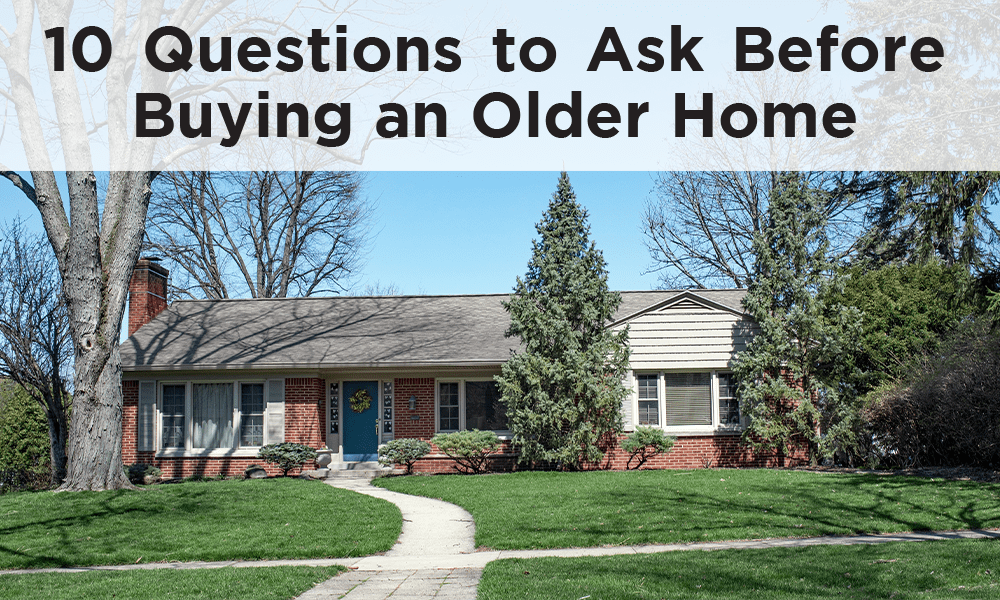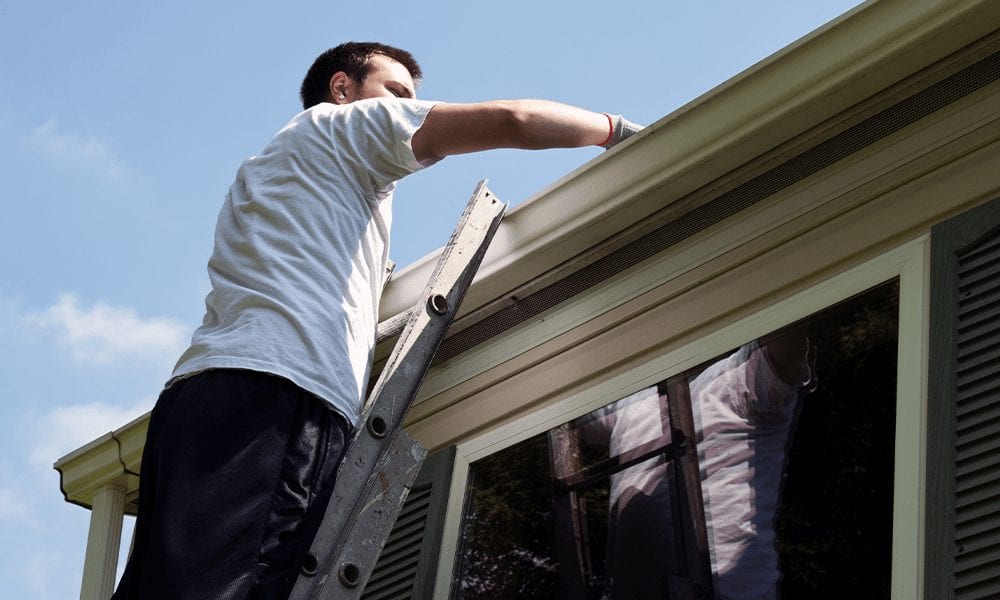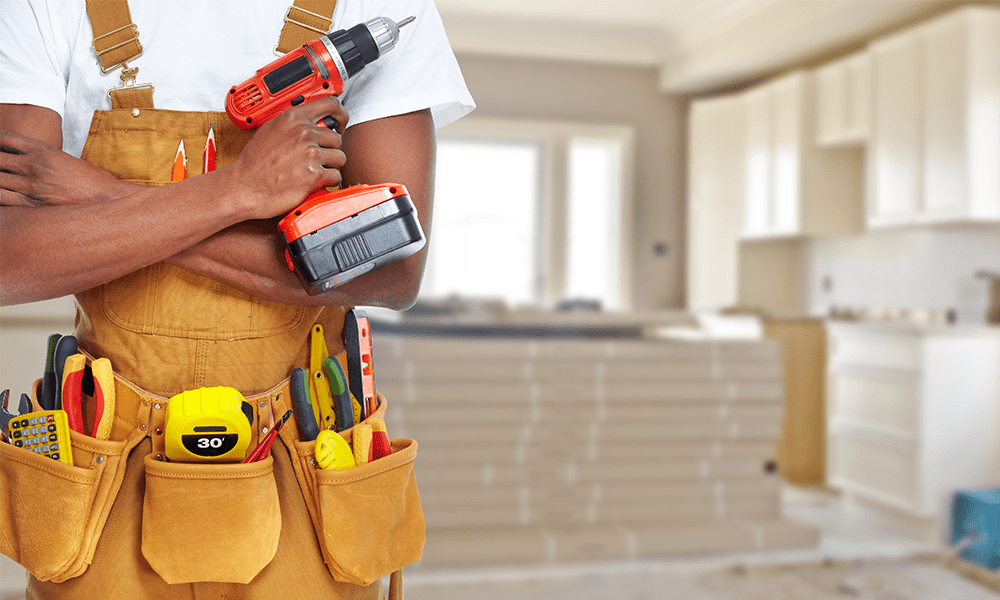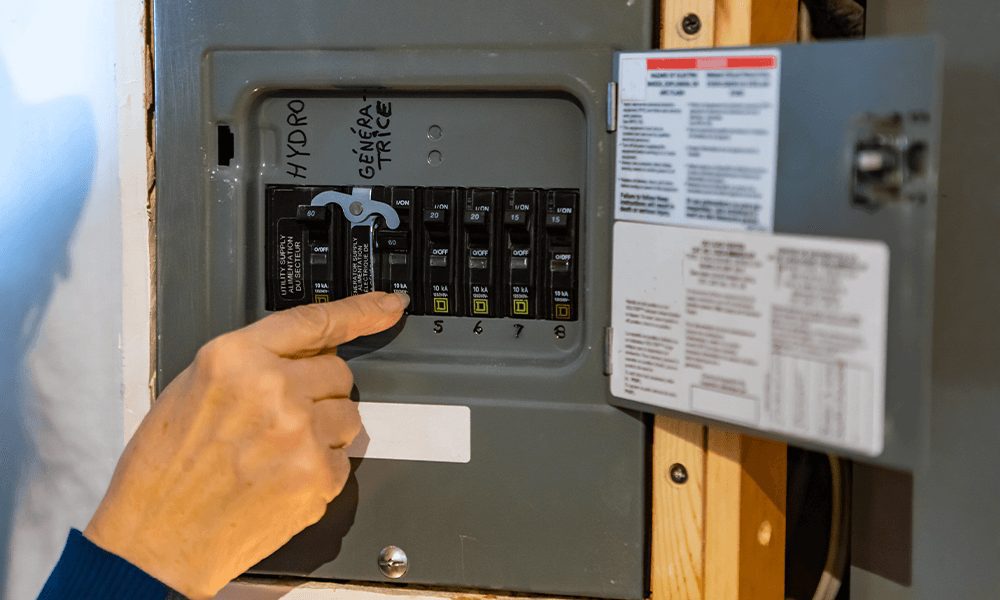
10 Questions to Ask Before Buying an Older Home
February 18, 2022 7:00 am
From vintage crown moulding and arched entryways to hardwood flooring and one-of-a-kind curb appeal, older homes provide a unique sense of character you just won’t find in a newer property.
Unfortunately, older homes also come with their own unique set of challenges – challenges that can leave you feeling both unprepared and overwhelmed if caught unawares.
If you’re considering purchasing an older home in one of Edmonton’s many mature neighbourhoods, here are 10 questions to ask before you sign on the dotted line.
1. Are There Any Foundation Issues?
Over time, foundations are susceptible to corrosion, water damage, dry rot and more. As a result, older properties may exhibit signs of foundation cracking, sinking or upheaval and water ingress. In addition to being grossly expensive to repair, these issues may also pose a serious risk to your safety.
Other foundation or structural red flags to watch out for include:
- Uneven floors
- Doors and windows that jam or won’t open
- Cracks in the walls and/or ceiling
- Uneven stairs and sidewalks
2. Were There Previous Renovations?
Since older homes have seen their fair share of previous owners, chances are, they’ve also seen their fair share of upgrades and renovations. For this reason, it’s essential to have a complete home inspection performed to ensure all changes are legal and well designed. You’ll also want to keep an eye out for any incomplete and partially finished projects that you’ll ultimately become responsible for.
Check out: 5 Must-Know Tips For Hiring a Home Renovation Company
3. Is the House Free from Hazardous Building Materials?
Despite their many unique characteristics, older homes can also pose a hazard to your health. For instance, lead paint was commonly used in Canadian home construction right up until the 1960s, when it was found to be toxic. Other potential older-home hazards include:
- Asbestos – Popcorn ceilings, insulation, siding, wrapping on pipes, etc.
- Radon – A radioactive gas that typically seeps through a home’s foundation.
- Mould – Mould and mildew create an unpleasant smell and may result in respiratory issues.
Note: Your home inspector will also test for potentially hazardous materials.
4. Is the Electrical Up to Date?
Over the years, electrical systems become obsolete, particularly systems installed before 1970. Outdated wiring, outlets and breakers will not only be inadequate for your modern power needs, but they also pose a considerable safety hazard when it comes to shocks, power failures, short circuits and electrical fires.
5. What About the Plumbing?
Old plumbing systems are prone to many problems, including the accumulation of mould and mildew, low water pressure, leaky faucets, slow drainage, noisy pipes, water damage (floors and ceilings) and flooding. Not to mention, substandard plumbing can also have a significant impact on your monthly utility bills.
Note: Old pipes may also contain lead

6. How’s the Roof?
Like the foundation, the roof plays a major role in a home’s overall structural integrity. Edmonton homes are especially vulnerable, having weathered many years of sub-zero temperatures. While a new roof installation in Edmonton may cost upwards of $40,000, neglecting to address necessary repairs/replacement can lead to water damage, health risks, devaluation of your property and potential collapse.
Critical signs of roof damage:
- Damaged or missing shingles
- Sagging gutters
- Moisture in the attic
- Ceiling water damage
- Light shining in from outside
7. Is the Home Energy-Efficient?
Single pane windows, inadequate insulation and outdated appliances and systems can amount to low energy-efficiency and high utility bills. As such, it’s important to ask your Edmonton REALTOR®/home inspector what, if anything, the home needs to be more energy efficient. This may involve replacing old systems and appliances such as the hot water tank, furnace, HVAC, etc., (all of which are recommended every 15 to 20 years) while checking for the following issues:
- Mystery drafts (even when all windows are closed)
- Condensation between windowpanes
- Poorly adjusted windows
- Sparse insulation in the attic and walls
- Old-fashioned thermostats
- Old or missing weatherstripping
- Etc.
8. Are There Any Unusable or Unsafe Features?
Sometimes those quaint little quirks and cubbies we appreciate most in an older home can also be cause for the most concern. For example, while an old-fashioned laundry chute or non-working fireplace (complete with a blocked-off chimney) may speak to the home’s original character, they may prove substandard and unsafe.
Other common aging home features that may be considered dangerous include ultra-steep stairs, lower ceilings, steam radiators and even coal chutes.
9. How Much Is Homeowner’s Insurance?
It’s no secret that older homes may see higher home insurance costs. As these established structures are prone to problems, insurers may charge a higher premium based on
- The age of the home
- Home heating features and systems (i.e. a wood-burning stove)
- Type of electrical system and wiring
- Finished vs. unfinished basements
- Etc.
Additional home renovations and upgrades are also likely to result in a higher insurance premium. These include changes related to the roof, electrical and plumbing, so be sure to talk to both your REALTOR® and insurance broker ahead of time.
10. Does Your REALTOR® Have Experience with Older Homes?
Last but not least, it’s crucial to choose an Edmonton REALTOR® who knows the older home market. Not only will they know what to look for when it comes to potential problems, but they can also save you a ton of money when it comes to negotiating any older property repairs. Keeping your best interests in mind, you can count on your REALTOR® to tell you when to walk away, should the bad outweigh the good.
Are you considering buying an older home in one of Edmonton’s many established neighbourhoods? As one of the city’s leading real estate teams, the Terry Paranych Real Estate Group has the skills, professionalism, and experience to help you find the perfect home at an even better price. For more information, don’t hesitate to get in touch with us.
Related:
- 7 Red Flags You Need to Watch Out For When Viewing a Home
- Six Costly Mistakes to Avoid When Buying a Home
- 14 Things That Make Your Home Look Outdated
Photo credits: shutterstock.com
Tags: buyingCategorised in: Buying a Home
This post was written by Terry Paranych Real Estate Group




